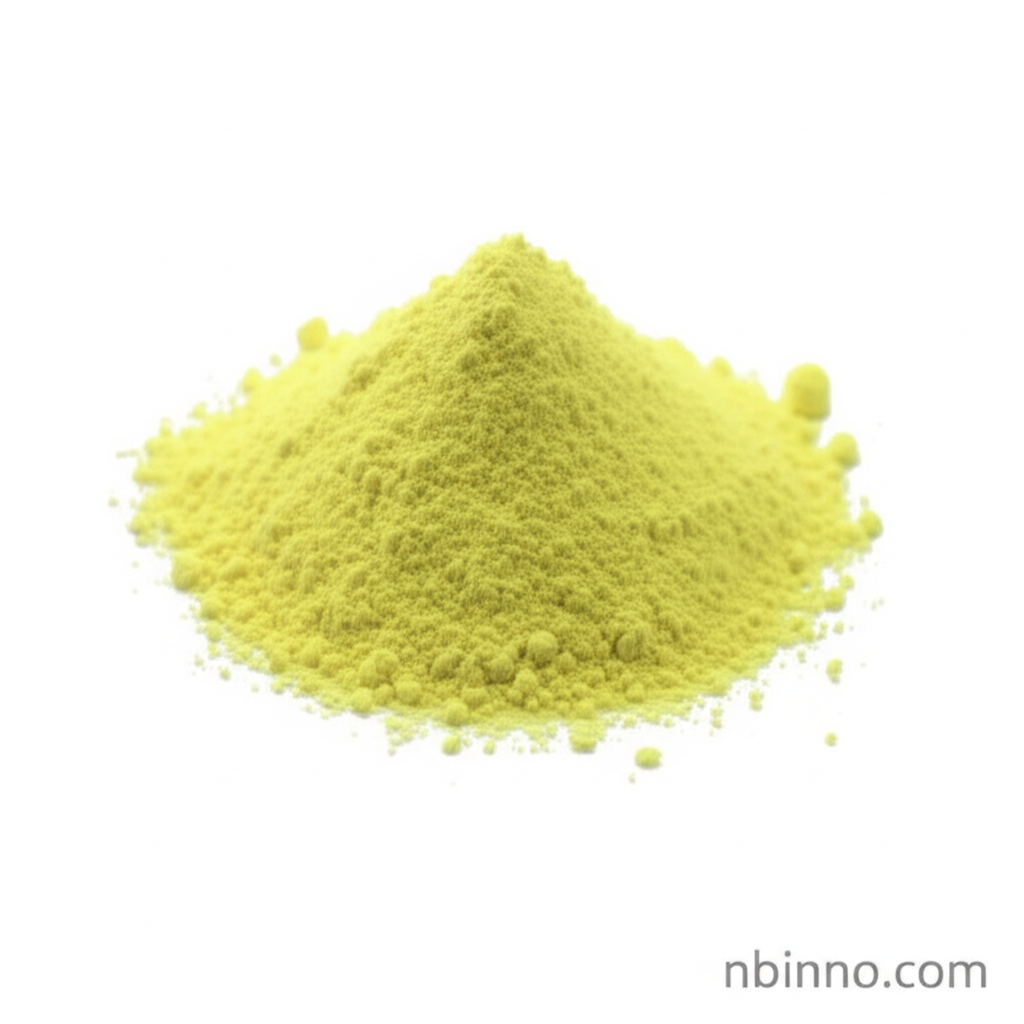D-3-(4-Pyridyl)alanine Dihydrochloride: Your Key Synthesis Intermediate
Discover the purity, applications, and sourcing of this vital chemical building block for your research and development.
Get a Quote & SampleProduct Core Value

D-3-(4-Pyridyl)alanine Dihydrochloride
D-3-(4-Pyridyl)alanine Dihydrochloride is a crucial chiral intermediate, recognized for its high purity and versatility in complex organic synthesis. Its structure, incorporating a pyridine ring and an amino acid moiety, makes it an invaluable component in the development of novel pharmaceuticals and specialized chemical compounds.
- Explore the synthesis of D-3-(4-Pyridyl)alanine dihydrochloride to understand its production pathway.
- Discover the uses of D-3-(4-Pyridyl)alanine dihydrochloride in advanced organic chemistry and drug discovery.
- Ensure quality with D-3-(4-Pyridyl)alanine dihydrochloride purity exceeding 99.0% via HPLC, a hallmark of reliability.
- Connect with a trusted D-3-(4-Pyridyl)alanine dihydrochloride supplier for consistent and dependable procurement.
Key Advantages
Exceptional Purity
Achieve reliable results with a product boasting >99.0% purity, confirmed by HPLC, essential for sensitive research and synthesis projects that demand accuracy.
Versatile Building Block
Leverage its unique chemical structure for a wide range of applications in drug discovery and material science, facilitating the creation of complex molecules with specific functionalities.
Reliable Sourcing
Benefit from consistent availability and quality when you buy D-3-(4-Pyridyl)alanine dihydrochloride from reputable sources, ensuring your projects stay on track.
Key Applications
Pharmaceutical Synthesis
As a critical intermediate, its use in the synthesis of D-3-(4-Pyridyl)alanine dihydrochloride leads to potential drug candidates and advanced therapeutic agents.
Peptide Chemistry
Integrate this amino acid derivative into custom peptides, enhancing their properties for research or therapeutic applications, often sought through peptide synthesis building blocks.
Organic Chemistry Research
Explore novel reaction pathways and molecular architectures by utilizing this compound as a versatile reagent, a common goal when researching specialty amino acids for drug discovery.
Biochemical Studies
Its specific structural features make it relevant for investigating biological pathways and developing new biochemical tools, aligning with the needs of biochemical reagents for academic labs.
